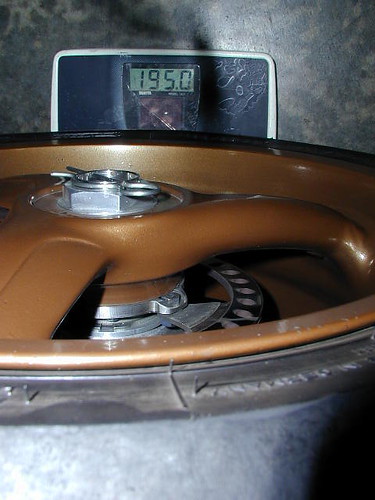kuksul08
Suh Dude
I am constantly reading that if you raise the rear, or lower the front of your bike, you will consequently "put more weight on the front tire".
It seems to me that moving the fork up in the clamps by 3 to 5mm is not going to affect the weight distribution by any significant amount. Yet, this idea persists.
Can anyone explain?
-Has anyone actually put the bike on two scales and measured how much it changes?
-Does it have more to do with the how the rider tends to sit and therefore is not related to the bike's weight but the rider's weight?
-Is it all in our heads and 100% based on minor changes to trail?
Scientific discussion welcome :teeth
It seems to me that moving the fork up in the clamps by 3 to 5mm is not going to affect the weight distribution by any significant amount. Yet, this idea persists.
Can anyone explain?
-Has anyone actually put the bike on two scales and measured how much it changes?
-Does it have more to do with the how the rider tends to sit and therefore is not related to the bike's weight but the rider's weight?
-Is it all in our heads and 100% based on minor changes to trail?
Scientific discussion welcome :teeth




